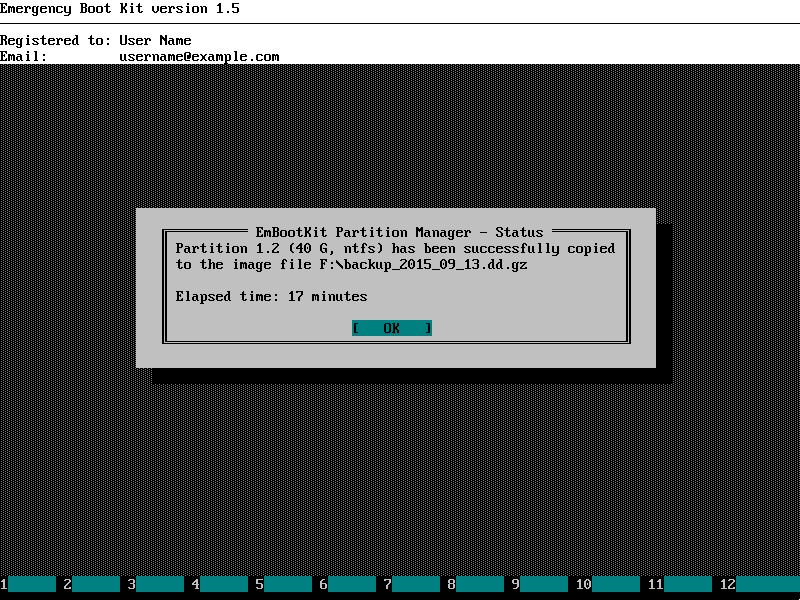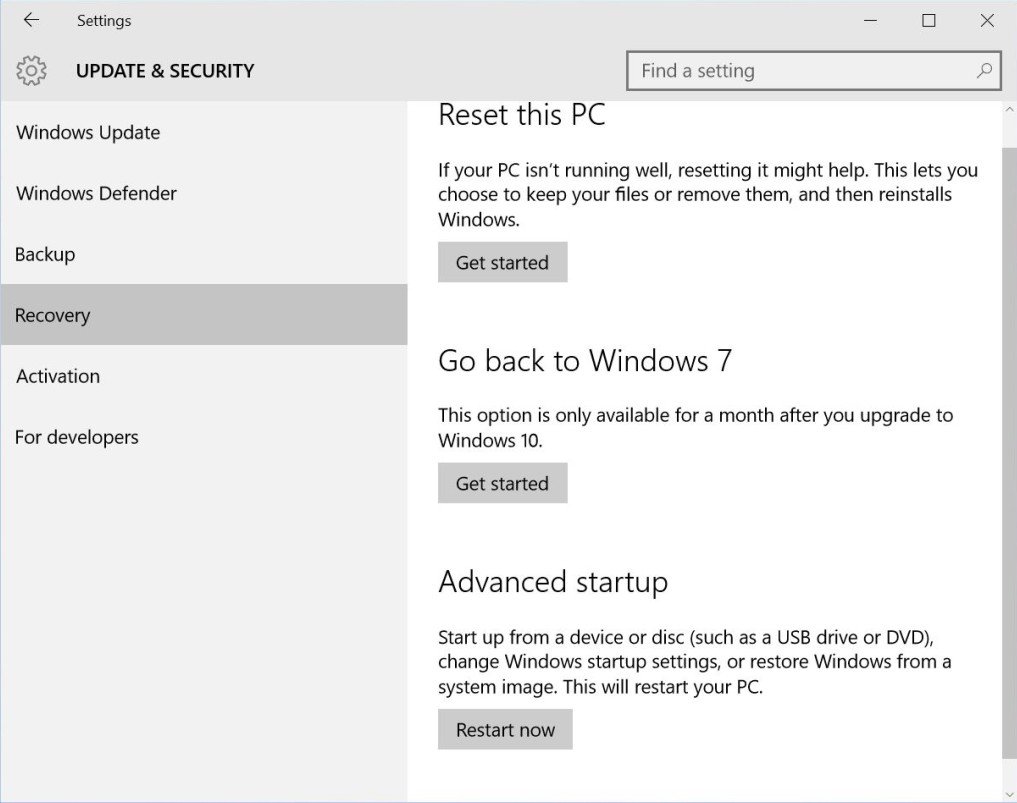

However, that is based on the fact you are still able to get into the system. Windows 10 is smart enough to remember what the last Windows version is before the upgrade or update.

And you can do that from Settings → Update & Security → Recovery. What causes these 2 folders (Pair #2) to be deleted is a scheduled task set to run Disk Cleanup (with the ‘Clean up system files / Previous Windows installations options’ selected) 30 days after the upgrade to Threshold 2 (version 1511) or the next major update after version 1511.If your Windows 10 was upgraded from a previous eligible Windows system you can roll back to that version within 30 days of the upgrade.

Once pair #2 has been deleted, it does not matter if you remove the Win7 (or Win81) prefix to restore the original pair of folder names the roll back option will not be listed. Note: If you fail to rename the second pair of Windows.old and $Windows~BT folders before the 30 day time limit and as a result these two folder are deleted then you will no longer be able to use the original set of folders (pair #1) you renamed short after upgrading to Windows 10. The 1st set with the Win7 prefix contain the files and folder you need to roll back / restore Windows 7 (or 8.1) and the new set (pair #2) with the Win10 prefix. Once you have renamed these folder you will have 2 sets of renamed folders as shown below.

You must rename these folders using the same technique described in part 1, only this time the names will be Win10_Ver10_$Windows~BT and Win10_Ver10_Windows.old. You also see 2 new folders as the result of installing the Threshold 2 upgrade (Windows.old and $Windows~BT). Two of the folders (Win7-Windows.old and Win7-$Windows~BT) you already renamed to protect them from being deleted 30 days after you have upgraded to Windows 10. You should now see a number of addition files located at the root (C:\) level of the disk drive.


 0 kommentar(er)
0 kommentar(er)
